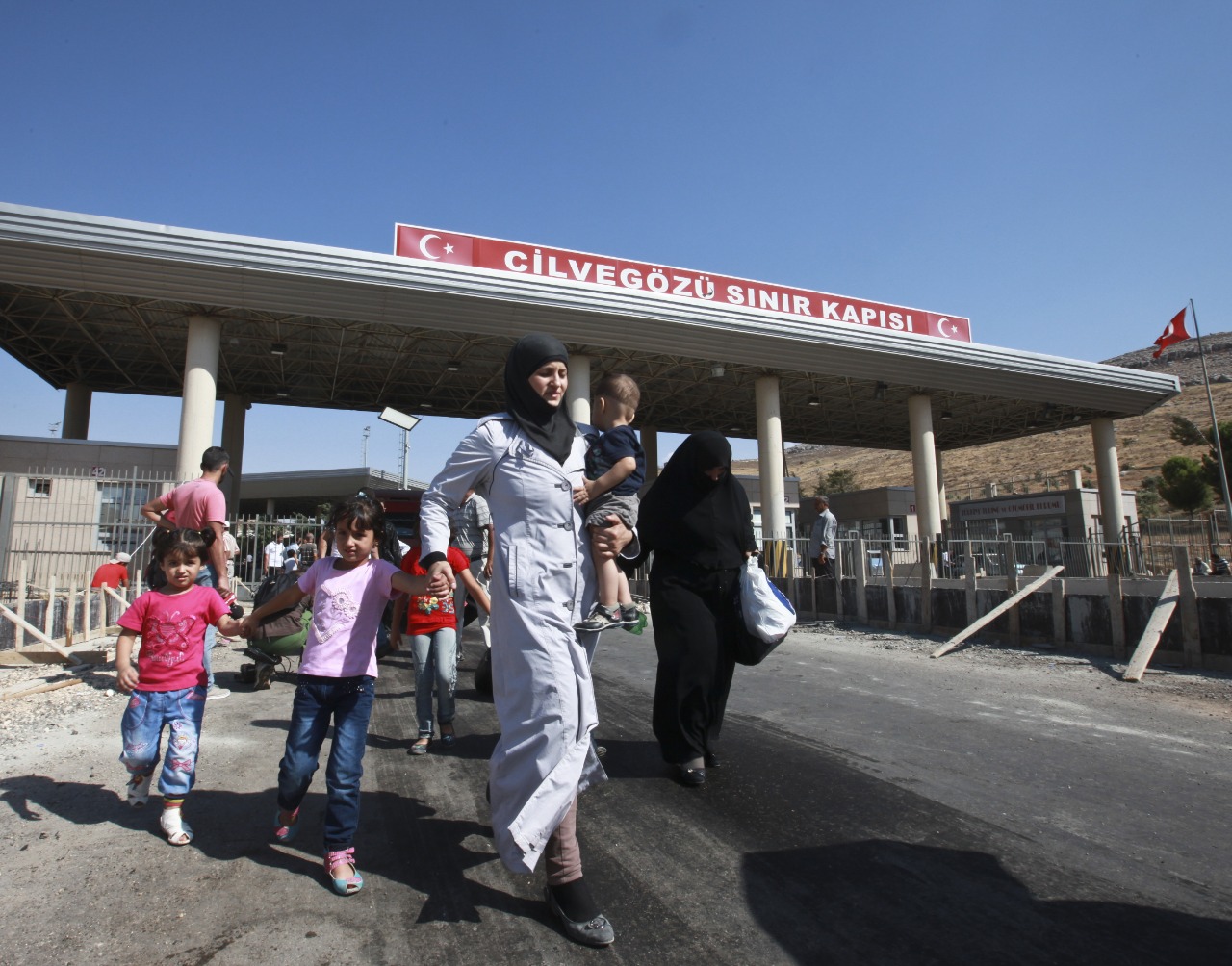The conflict in Syria, ongoing since March 2011, has caused several areas within Syria to slip out of control from the governmental, leaving many of them to establish some local form of governance, while several regional and international actors, including Turkey, have thereby taken advantage of the situation to play a role on the Syrian scene. Turkey has used a mix of different strategies, including military intervention, containment and re-construction. It has attempted to influence the conditions of the Kurds in northern Syria, all with the aim of changing the demographics of northern Syria to enable Turkey to increase its’ influence and to gain prominence on the international stage.
Changing the Demographic Landscape
The term Turkification was first used in the early 20th century, used by Turkish youth in reference to increasing the influence of the Ottoman Empire outside Turkish borders, in an attempt to influence Arabs, Kurds, and non-Muslims. This was pursued through imposing Turkish administration, nationalization of the local economies and cultural appropriation, centralizing power in Turkey, which in turn sets the norm for these regions.
Turkey is now pursuing similar aims the provinces of northern Syria, in a “top to bottom” approach that uses political and civic tools to control the ability of Syrian citizens in these areas, as well as Kurds and government loyalists, to gain access to their civil rights. Economic resources in these regions are exploited to achieve two main goals: rebuilding the areas of northern Syria and giving a boost to the Turkish economy by using Turkish companies. This is achieved through two approaches:
1- A Consent Based Approach: this was adopted following Operation Euphrates Shield in 2016, whereby the Turkish government cooperated with the Turkmen and Sunni population in the cities of Azaz and Jarablus to build economic investment projects to help achieve economic growth which benefitted all parties.
2- A Security based approach: to establish buffer zones and protect the gains made in those regions. This was used following Operation Olive Branch in Efrin during 2018. Turkey then faced stiff opposition from the Kurds, which led to a deterioration in the security situation in northern Syria, as the Turkish government lent support to other groups to counter the Kurds such as “Ahrar El Sharqia”, “Ferqet el Soltan Mourad” and” Faliq El Sham”. This approach was implemented again during Operation Spring Shield in Idlib, March 2020, to prevent any progress by government forces loyal to Bashar El Assad.
In addition, Turkey has made all the local councils in the region completely dependent on the political, economic, and cultural support of the Turkish government. Turkey has ensured that Turkish is an official language for use in these local councils, and has introduced the teaching of the Turkish language in primary schools, to encourage a complete dependency on the use of this language in the future.
Turkey also moved to use Turkish trained scholars and clerics to ensure loyalty in religious spheres in north west Syria, issued Turkish IDs to Syrian citizens in the city of Azaz, and allowed the payment of service bills using the Turkish Lira. All of this is further cementing the Turkish presence in north west Syria and helping to resettle thousands of refugees.
Military Presence and Forced Displacements
Turkey has taken advantage of the ceasefire agreement reached with Russia in north west Syria to carry out further operations in the area. This includes the establishment of safe corridors for civilians, joint Turkish – Russian patrols, and supporting armed groups inside of Syria such as “Gabhet Fath El Sham” in Idlib. As a result of this, over 57 military observation posts have been established by Turkey in the areas of Latakia, Hama, Idlib and Aleppo.
The Turkish military presence ensures a larger role being played by Turkey in north west Syria and has prevented the forces loyal to Bashar El Assad from re-asserting control over these areas. Turkey has, according to multiple reports, used forced displacement to help achieve this change in demographics with the clear examples being in Eastern Ghouta, Eastern Qalamoun, Southern countryside of Hama, the southern countryside of Damascus, the northern countryside of Homs as well over 150,000 Kurds from the city of Afrin.
These forced displacements and have moved populations with no regard to the ethnic or religious composition of their new habitat. This has caused widespread tensions and conflicts in these areas. Continuing Turkish pressure pressure on the Kurds in northern Syria, which have increased following the American withdrawal from northern Syria, has forced the Kurds back into the arms of Bashar El Assad, specifically the Syrian Democratic Forces, to help them against the Turks. This will also prolong the state of upheaval in northern Syrian cities.
Russia has also taken advantage of the American withdrawal to support Turkey in establishing buffer zones, clear of the People’s Protection Forces (YPG, in the areas stretching from “Ras El Ain” all the way to “Tal Abyad” on the Turkish-Syrian borders. This also aims at resettling well over 2 million Syrian refugees in Turkey, which will add to the already complex problem in Syria.
In conclusion, it is to be noted that the International Community has not pushed back on these forced displacements or the changing of the demographics of the region, as focus at the moment is on restoring the calm, and post conflict issues have not yet been addressed . However, it is expected that after the Syrian conflict ends, new communities will emerge with different demographic compositions, that will be loyal to Turkey. Other communities, in which different ethnicities have been forced to re-locate, or have received an influx of refugees, will be unstable and angry due to forced demographic changes. This means Syria will experience an unstable political and social landscape in the future.

